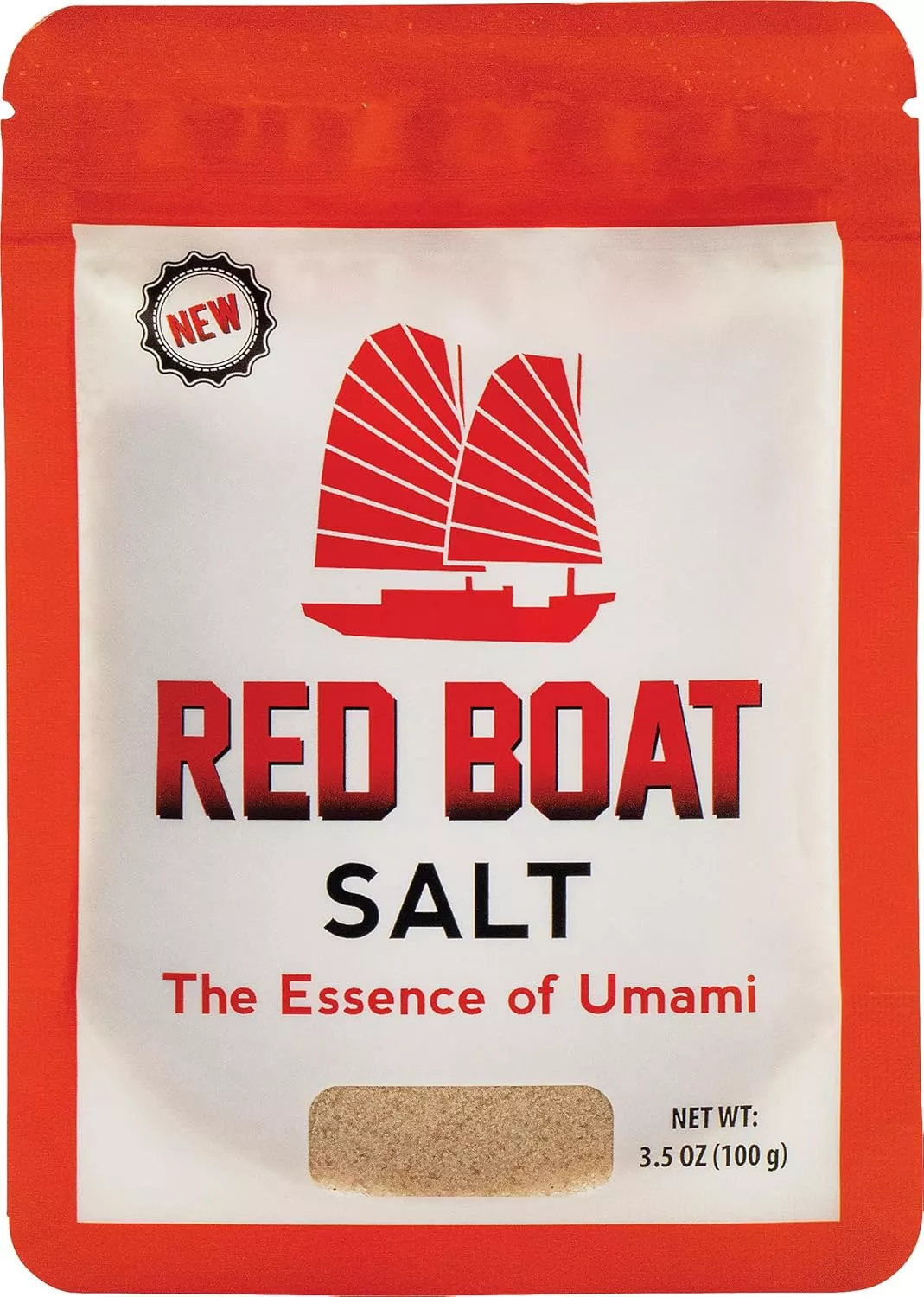
Red Boat Salt is more than just a seasoning; it’s a culinary experience that enhances the flavors of various dishes. In this article, we will explore its unique characteristics, how it compares to other condiments, and the best ways to incorporate it into your meals.
Product Features
| Feature | Details |
|---|---|
| Product Name | Red Boat Salt, 3.5 Oz |
| Manufacturer | Red Boat |
| Category | Grocery & Gourmet Food |
| Customer Review Count | 261 |
| Customer Rating | 4.4 |
| Ingredients | Anchovy, Sea Salt |
| Description | Adds a natural touch of umami to various dishes. |
| Uses | Ideal for pinching, salt cellars, as a salt substitute. |
| Manufacturing Process | Traditional Vietnamese fish sauce fermentation methods. |
Product Overview
| Pros | Cons |
|---|---|
| Rich in umami flavor | Can be saltier than traditional salts |
| Versatile in various dishes | May not be readily available in all stores |
| High-quality ingredients | Requires adjustment in recipes if substituting |
What Makes Red Boat Salt Unique
When it comes to incorporating Red Boat Salt into your cooking, I find that the key lies in understanding its unique flavor profile and how it can elevate various dishes. Red Boat Salt is not just about adding saltiness; it introduces a rich umami depth that enhances the overall flavor without overwhelming other ingredients. I typically suggest starting with lighter dishes such as seafood. A simple grilled fish garnished with a sprinkle of Red Boat Salt can transform a mundane plate into an exquisite experience, allowing the natural flavors of the seafood to shine through.
For meats, I love using it as a finishing salt on roasted chicken or grilled steaks. The salt allows me to embrace the savory richness while adding a subtle complexity. When working with vegetables, like roasted Brussels sprouts or sautéed greens, a dash of Red Boat Salt can bring their natural sweetness alive, highlighting the freshness.
Balancing is essential, though. You want to be mindful of how it interacts with other seasonings. I find that using it in combination with citrus, herbs, or spices creates a harmonious blend, resulting in a dish that’s well-rounded. So whether I’m sprinkling it lightly over a summer salad or enhancing the marinade for grilled shrimp, I’m always aiming for that perfect balance where every bite feels satisfying yet not overpowered.
Using Red Boat Salt in Your Cooking
Incorporating Red Boat Salt into your culinary repertoire can elevate your dishes in unique ways. For seafood, I love to sprinkle it over freshly grilled fish or shrimp. The salt enhances the natural brininess while emphasizing the umami notes without overshadowing the delicate flavors. It’s also fantastic in a classic Vietnamese pho; just a dash at the end of cooking brightens the broth and deepens the flavors—definitely a game-changer.
When it comes to meats, Red Boat Salt works wonders with cuts like pork or beef. A simple rub of olive oil and Red Boat Salt provides a flavorful crust when searing steaks. In my experience, balancing its robust saltiness is key. Pairing it with sweet elements like honey or fruit glazes helps to create a harmonious profile.
Vegetables also thrive with Red Boat Salt. I often roast seasonal veggies, tossing them with this salt and a touch of balsamic vinegar. The sweet acidity and salty umami create a delightful contrast that keeps everyone coming back for more. As you experiment, remember that a little goes a long way; start with a light hand and adjust to suit your palate. Always keep in mind that the goal is to enhance, not overpower—enjoy the journey through flavor!
Conclusions
In summary, Red Boat Salt stands out for its rich umami flavor and versatility in enhancing a range of dishes. While it can be saltier compared to standard table salt, its unique qualities make it an excellent choice for culinary enthusiasts. Give it a try, and elevate your cooking experience.